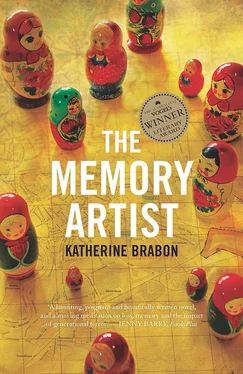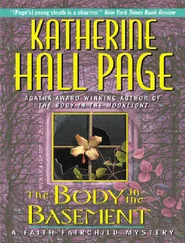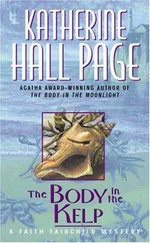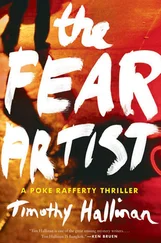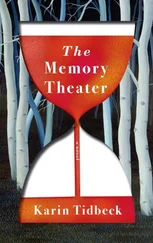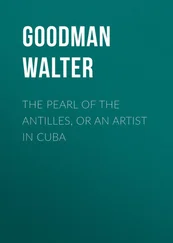I stood outside for a while, leaning against the mustard-yellow building. I lit a cigarette but forgot and it burnt out. The teal-green treetops of Neskuchny Garden and Gorky Park stroked the sky. Watching leaves sailing and falling onto the pebbly footpaths in Frunzenskaya, I thought the city could have been falling apart. I thought of 1988, the summer. Though I couldn’t recall the summer heat, summer sun.
Iwoke up very early, when it was still dark, in the apartment of my childhood. I made a cup of instant coffee and sat on the divan.
I couldn’t get back to sleep, the coffee had begun waking me up, so I made another and started rummaging through my mother’s files to decide what I would keep and what I would discard. There were lots of old samizdat documents, sheets of onionskin paper, journals with scuffed covers, books in manuscript form. I came across an old envelope, opened it and saw it was empty except for a smaller envelope enclosed. I was tired and agitated from sorting through all those objects heavy with memory, but after my shaking hands had dropped it once or twice, I finally opened the second envelope and held two photographs. Colourless, the first was of my father. He looked young, a thin figure with a beard, in patched jeans and a woollen jumper, standing with his hands in pockets outside a rough wooden building that seemed to blend into a crop of mountains behind. In exile was written on the back.
The other photograph was of only a building. A wide multi-storey structure, most of it was white and the grounds surrounding it were covered in snow. Wire was strung between high poles, although I could not decide if it was a barbed-wire fence or a powerline. I realised after a moment, as if they had only just materialised, that there was a column of huddled people walking in front of the building, while the right-hand side of the view was obscured by something thick and dark, perhaps a tree trunk in shadow. The left side of the image had a misty, grainy shadow, as though the photograph was being slowly overtaken by the mist, gradually obscured until the figures and the building were softly obliterated. Oryol, 1973 , said the inked scrawl on the back, labelling the place of my father’s death.

I sat down at the kitchen table and wrote for a while. Writing everything that I had been, the past and the present. Time was running into itself, events folding inwards as I wrote. The closer they ran together, though, the less sure I was of the meeting point.
I wasn’t going to get the answers I needed. My father and my mother, together they were dead. Learning about Mikhail Sergeyevich’s death filled a void that took me nowhere; nothing was complete, because time is not a thing that ends.
I called Oleg and arranged to visit him later that morning.
He opened the door, hugged me.
I didn’t expect to see you back in Moscow so soon, Pasha.
He led me down the hallway. The apartment building hadn’t changed in the decade since I had last been there. Thin cracks trailed over the decorative cornices in the old hallway, the ceiling and walls were still painted pale green. In the kitchen, a middle-aged woman stood cooking at one of the stoves. Socks hung in a row along the window.
In his living room, we sat for a while, quiet; it felt like a silence of understanding. Oleg made tea, looked up at me every so often with his stark blue eyes.
Then he began to describe his recent trips retracing some of our journey in 1989. With a group of Memorial Society volunteers, he again took the Arktika along the shores of Lake Onega. And he told me how, around nineteen kilometres from Medvezhegorsk, researchers had discovered a mass gravesite at Sandarmokh. There were thought to be at least ten thousand people buried there, telling a long history of state murder. The earliest graves were from prisoners held at Solovetsky—including hundreds of Ukrainian intelligentsia—taken into the forest to be shot. Thousands of bones were thought to be from 1937–38 alone; victims forced to dig their own graves beneath the pine trees.
Awkwardly, briefly, I explained that I hadn’t had much contact with the Memorial Society since I left Moscow. Oleg didn’t seem to take much notice and instead showed me into the study, still covered in its wallpaper of maps. I looked over the walls and realised eventually that Oleg was repeating the same trips, following the same maps, going over and over to the same remnants of the camps.
I never feel I’m any closer to accurately representing all the camps on the maps, Oleg said.
Different maps and sketches were laid out on his small table or pinned to the walls of his study. They were everywhere.
I’ve started using a pencil, he said, rather than ink, since there were just too many changes to make in my mad pursuit of absolute accuracy. He grinned. And I keep thinking of different ways to record the camps—symbols to show their present condition, whether any original buildings remain, how many people were imprisoned there.
The maps seemed to become a never-ending palimpsest, the erased lines still faintly visible beneath his corrections and additions, and he was too afraid to mark anything in permanently lest he get something wrong.
I never did, in the end, return to the Perm camp where I was taken in 1968, he told me. It has been closed only since 1986, a fact which has somehow given me the notion that it would still resemble too closely what it looked like back then, when I knew it as a functioning prison. It would perhaps be too recognisable. There was something reassuring in the decay of Solovetsky. As if it cannot come back.
I pictured the stone that had been laid in Moscow, in Dzerzhinsky Square—Lubyanka Square now—not long after we got back from Solovetsky ourselves in 1989. Veniamin Ioffe from the Memorial Society called the stone a question mark that asked about the meaning of this tragedy .
As I was leaving, Oleg told me to wait for a minute, then went back into the apartment. He returned a moment later and handed me an envelope.
Here are some journal entries of mine, and photographs I’d like you to take with you, he said. They might be useful. The photographs are of Kolyma in 1995. My father’s camp. I spent five days there in the winter. I’m still not sure that I ever really saw anything.
Oleg’s blue eyes were bright as he smiled at me. We hugged goodbye.
Outside, it was a terrible day, with a fitful wind. Shifting veils of dust and leaves flew everywhere, into my eyes, down my shirt collar. I revelled in it, in a strange way, encouraging the wind to try to knock me over. Ridiculously, I held my notebook open, determined to write a few things down. Passers-by looked at me briefly as they hurried on, coats held tightly around their bodies. I pulled out the envelope in my rucksack and looked at what Oleg had given me. There were only three pages of diary entries from his trip to Kolyma.
Four days of snowstorms. Stranded at Yakutsk airport, on the way to Magadan. Sitting in hotel in Magadan, thinking of the dead beneath the grounds beyond here.
They still speak of Kolyma as an island here. Once, it could only be reached by sea. Stood a frozen morning at the Bay of Nogayevo, the gateway into Kolyma. Seen as the threshold into hell.
I recall once reading that Kolyma’s permafrost so preserves corpses that the faces of the dead keep their expressions. Shalamov said they are faces of people who saw that which man should not see. I cannot help but try to picture their faces. Especially their eyes. I think, perhaps, that I will never fully regain the sight of my own.
Читать дальше
